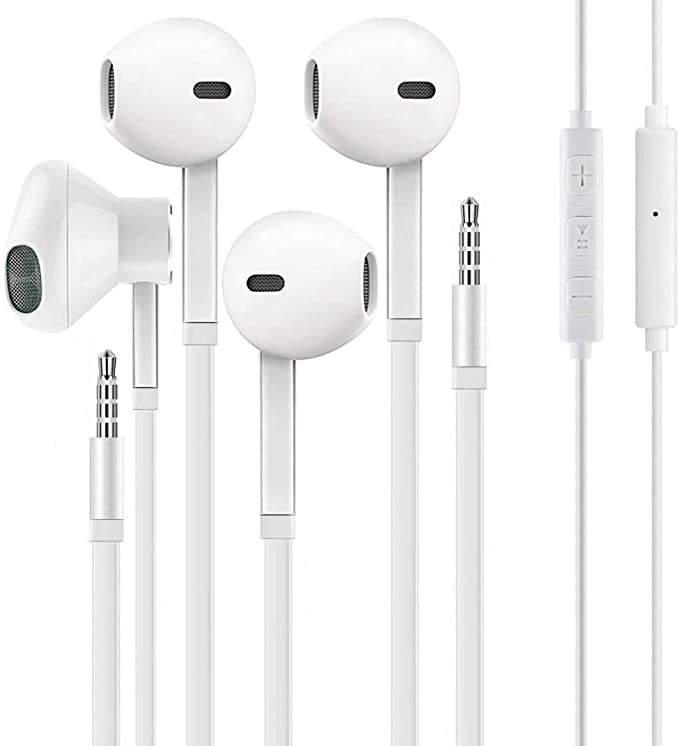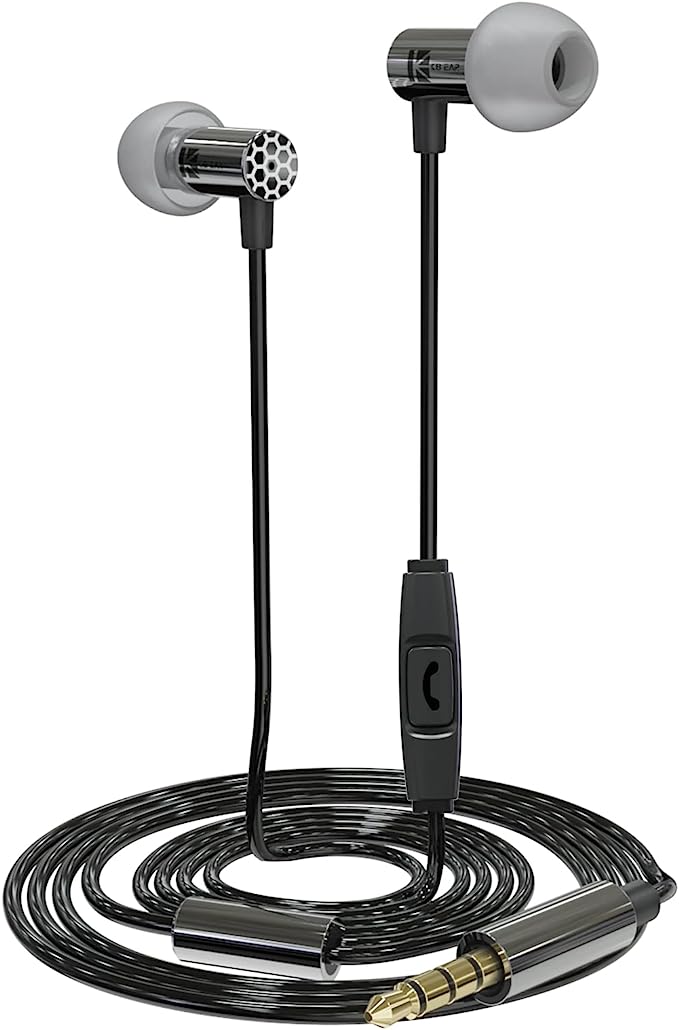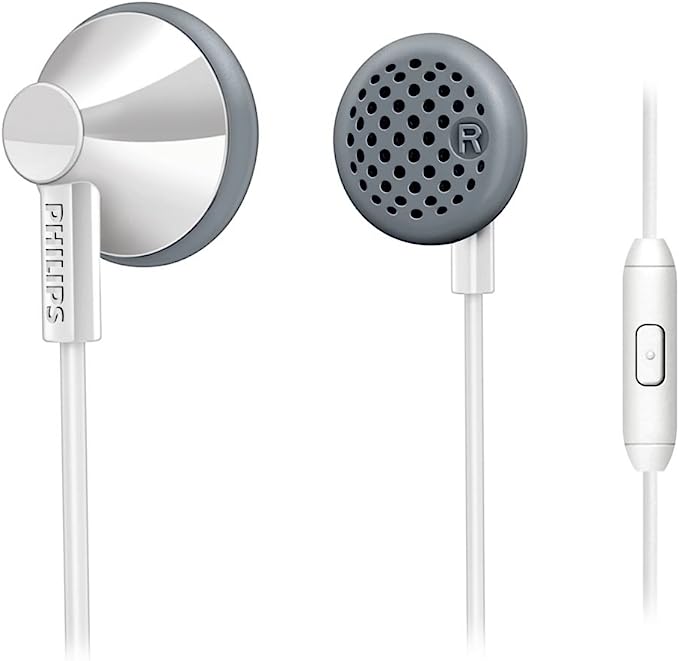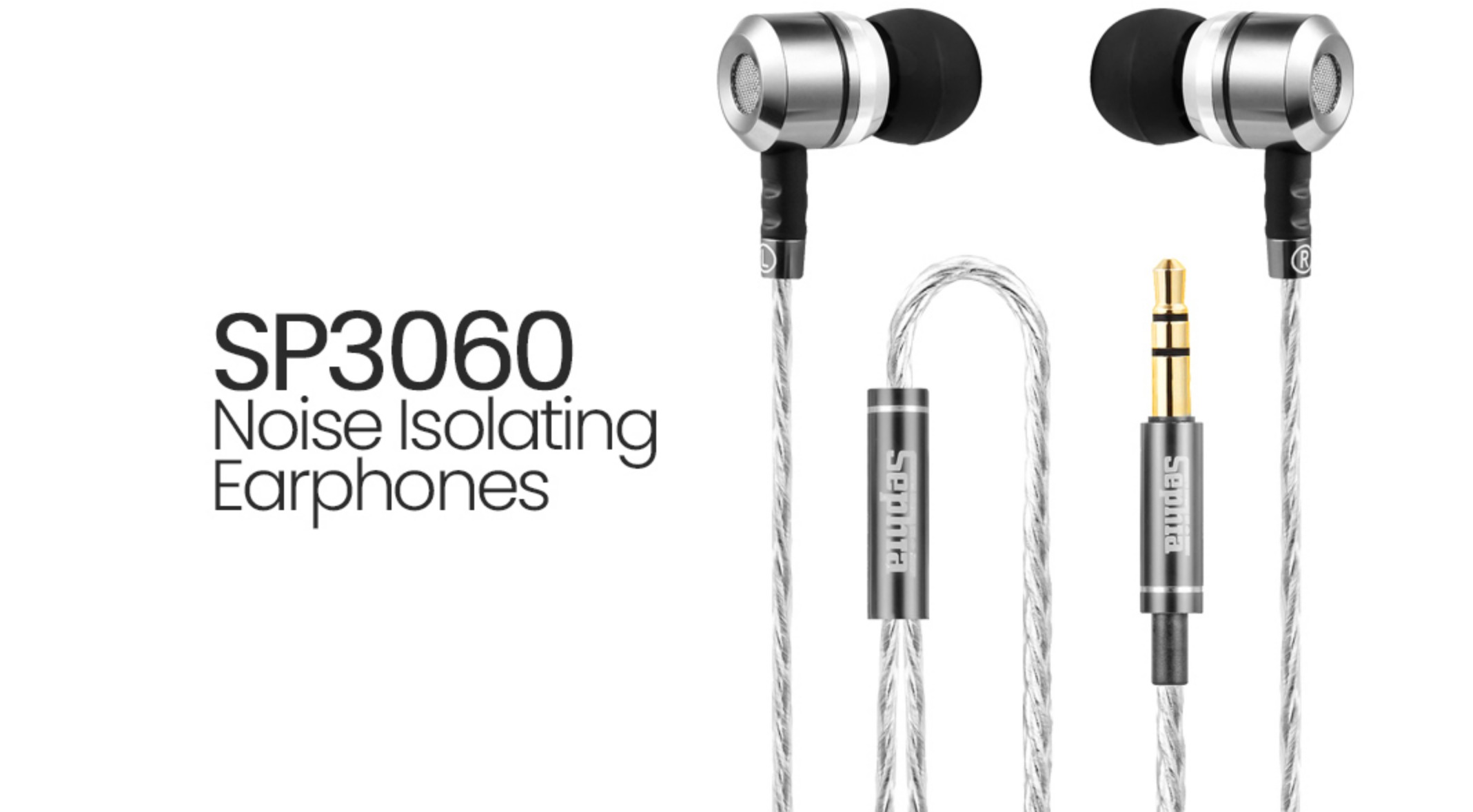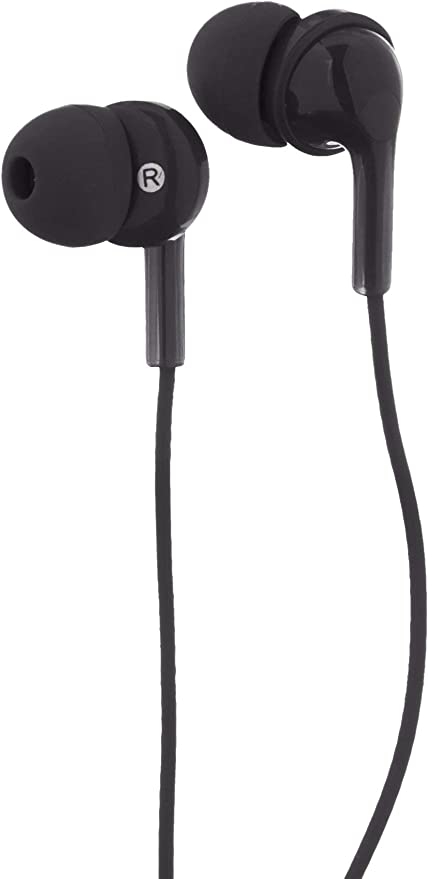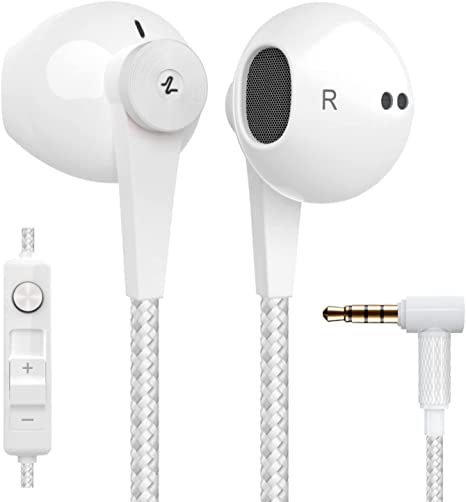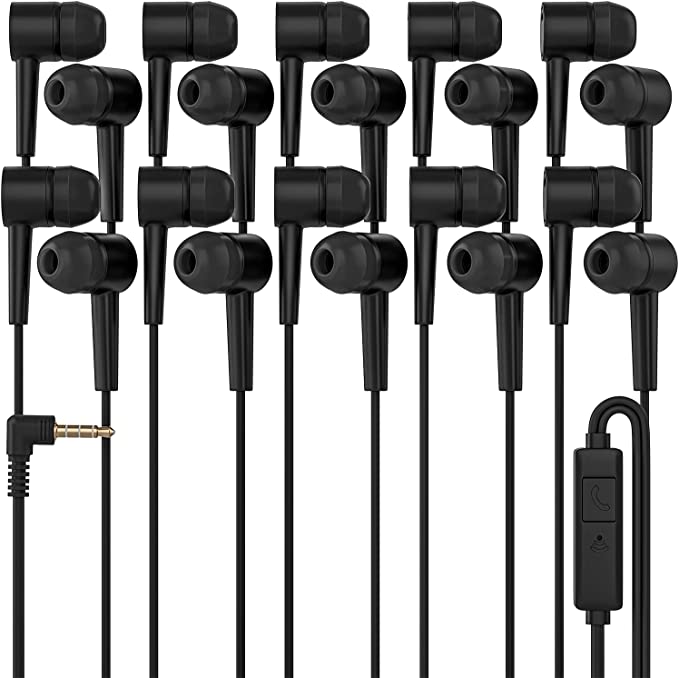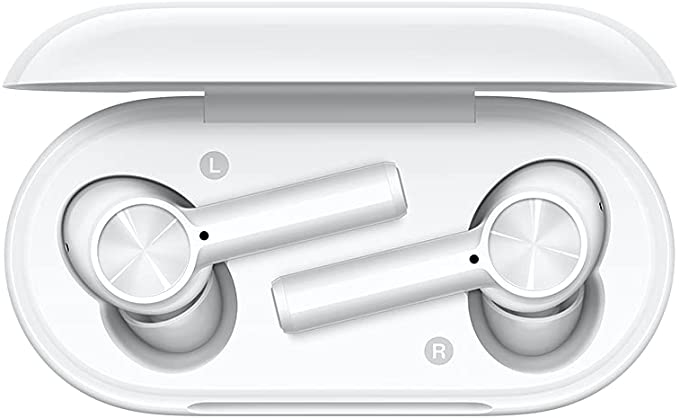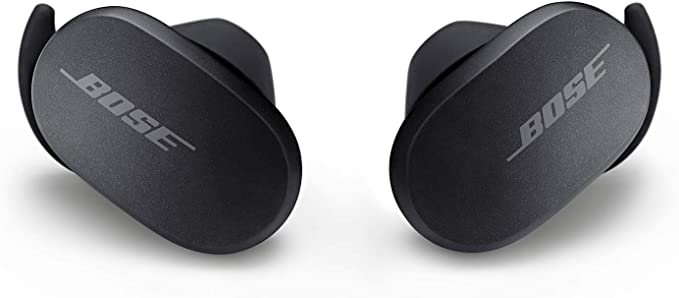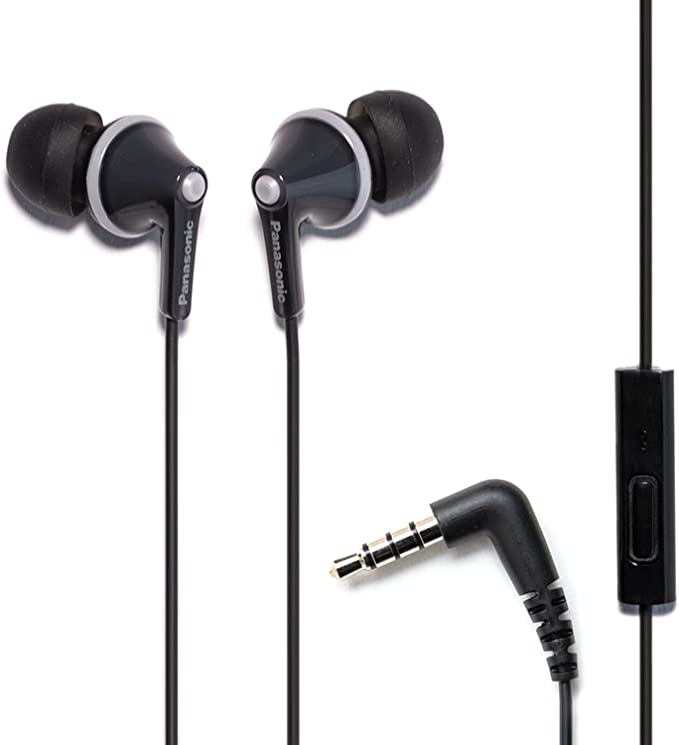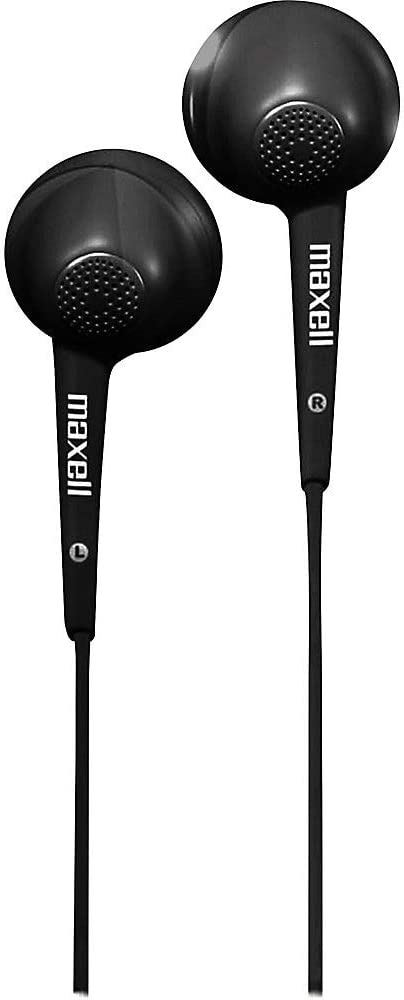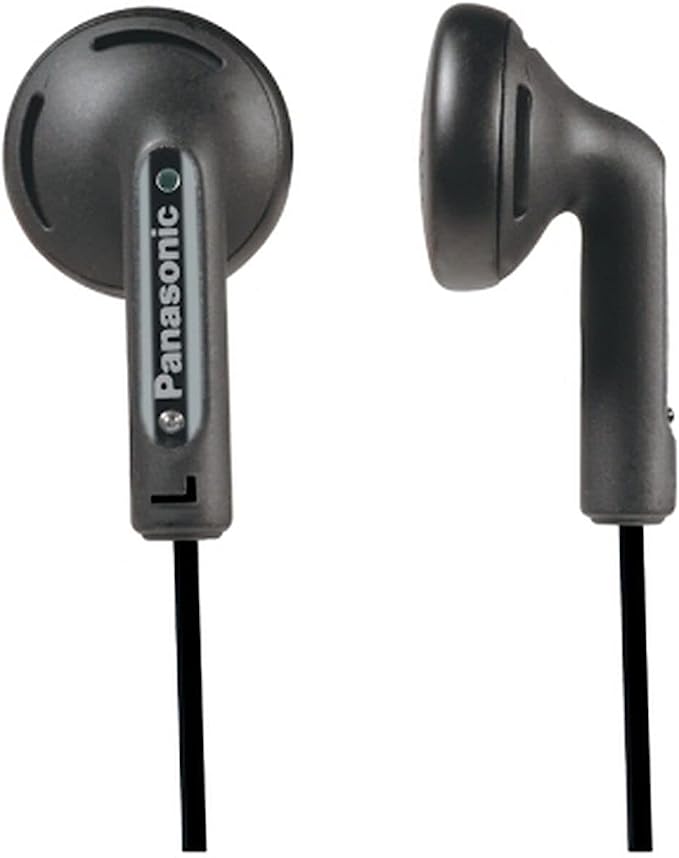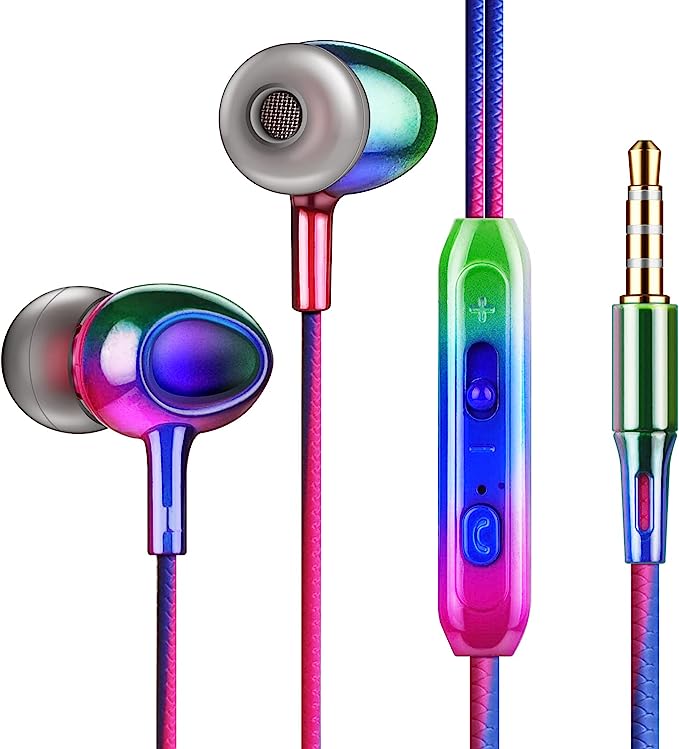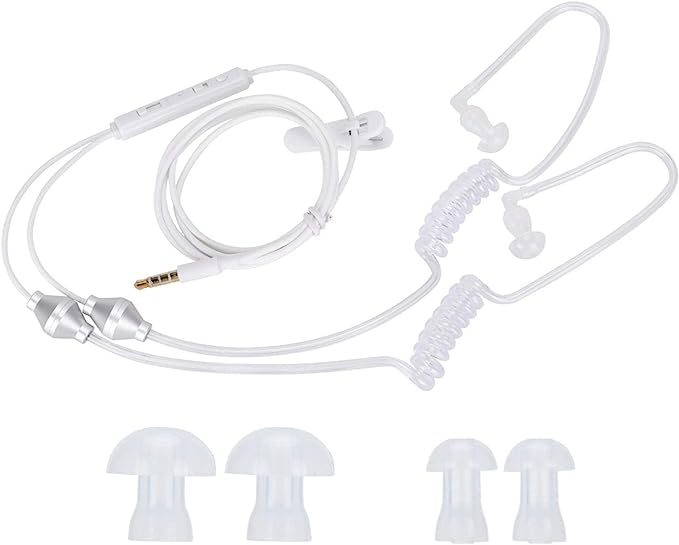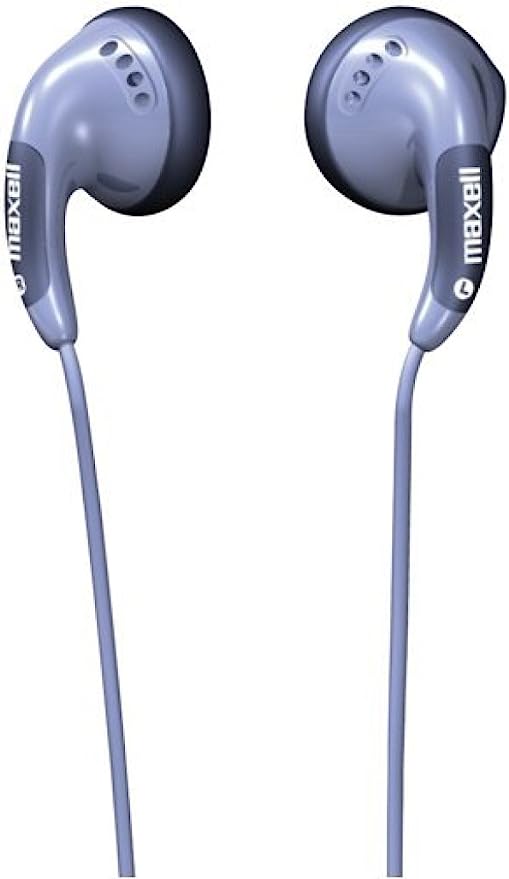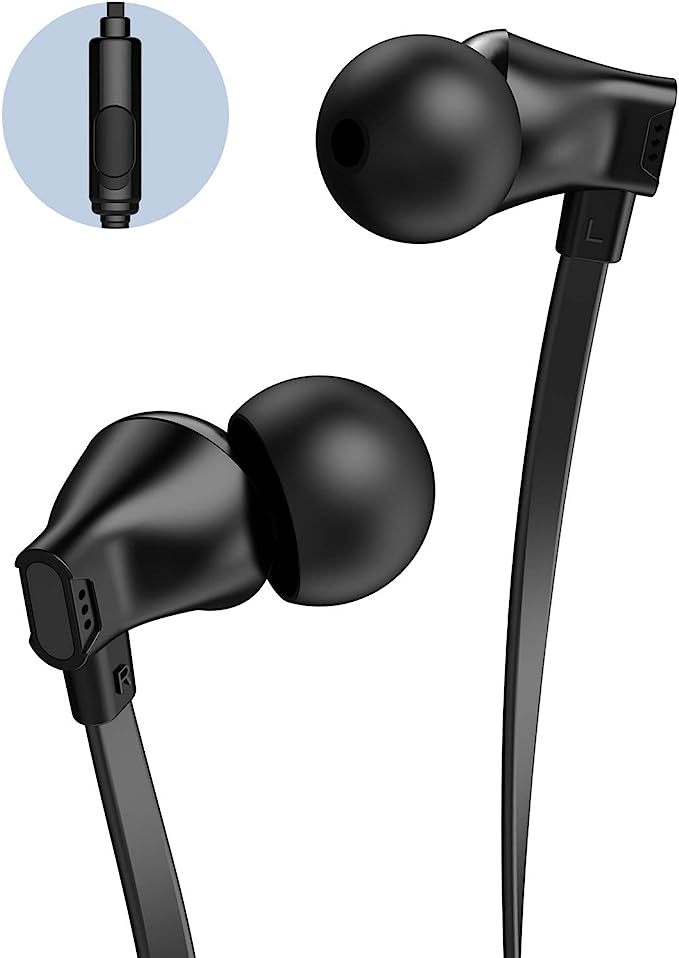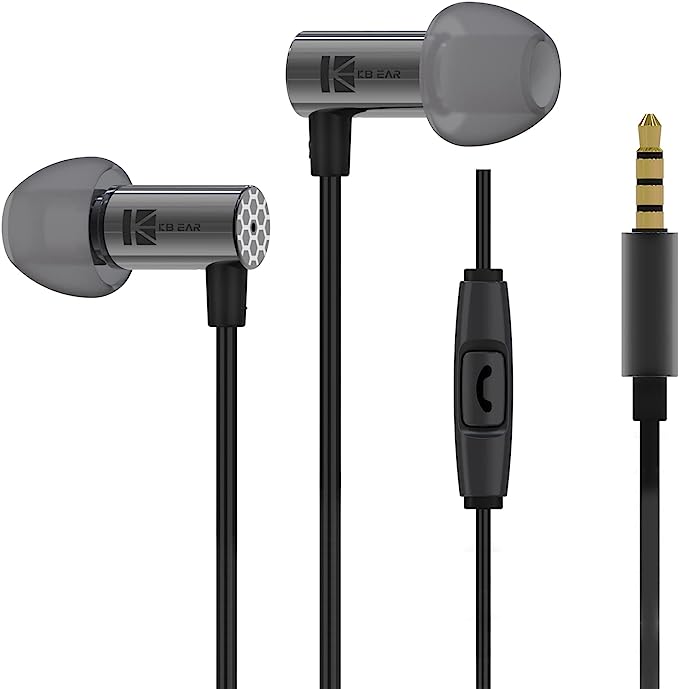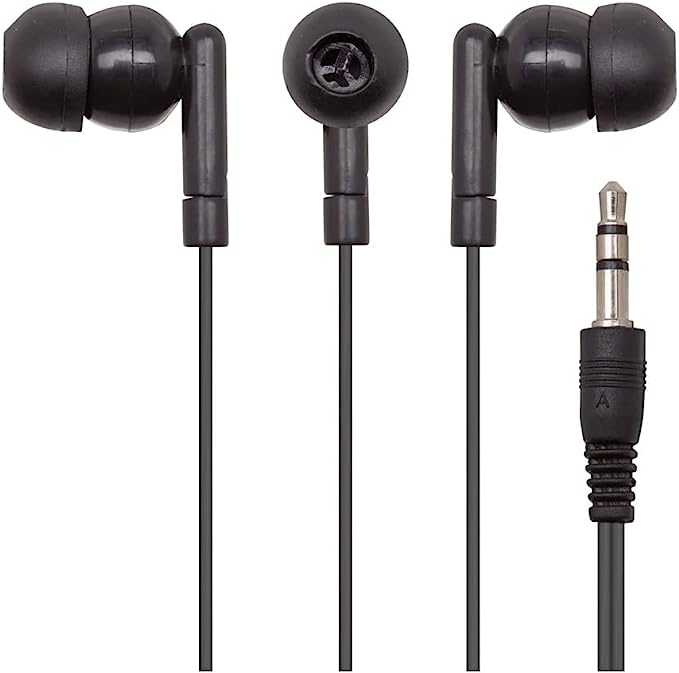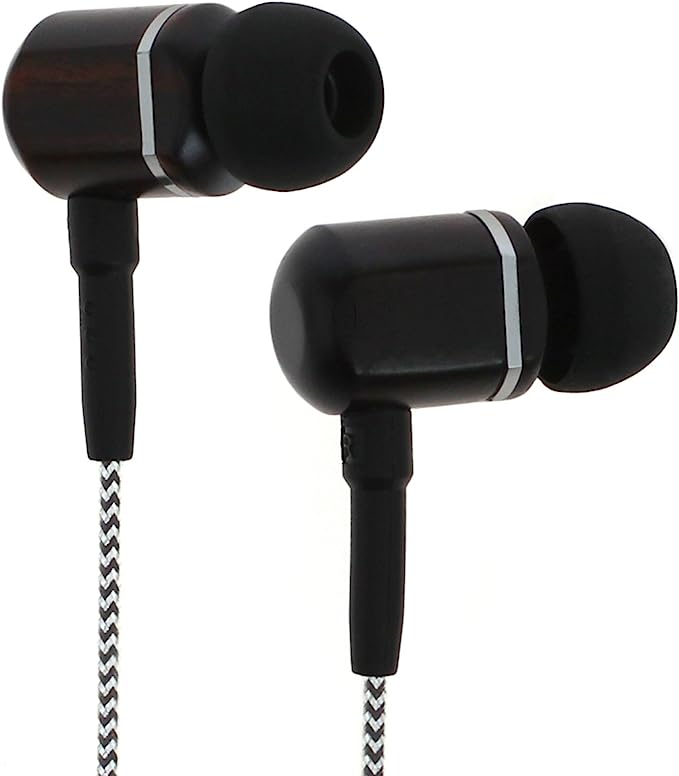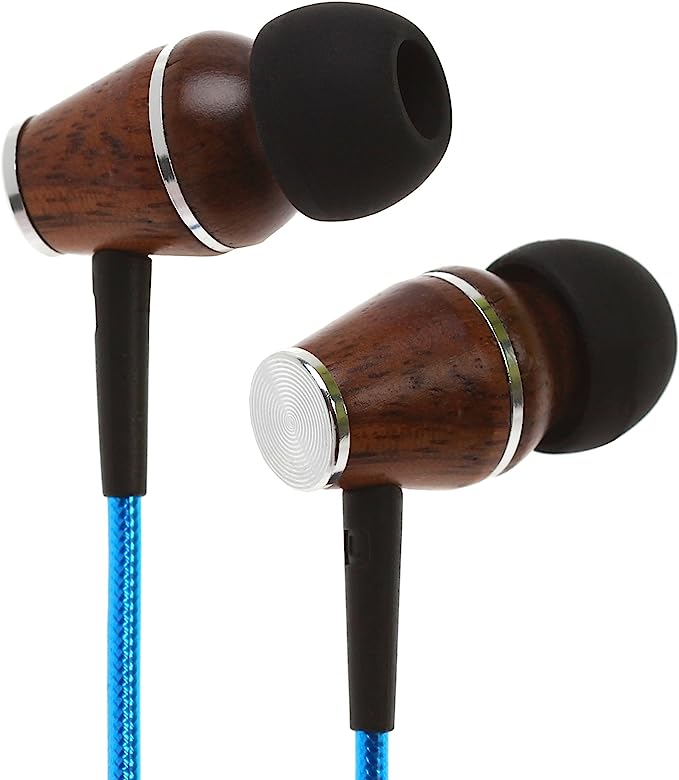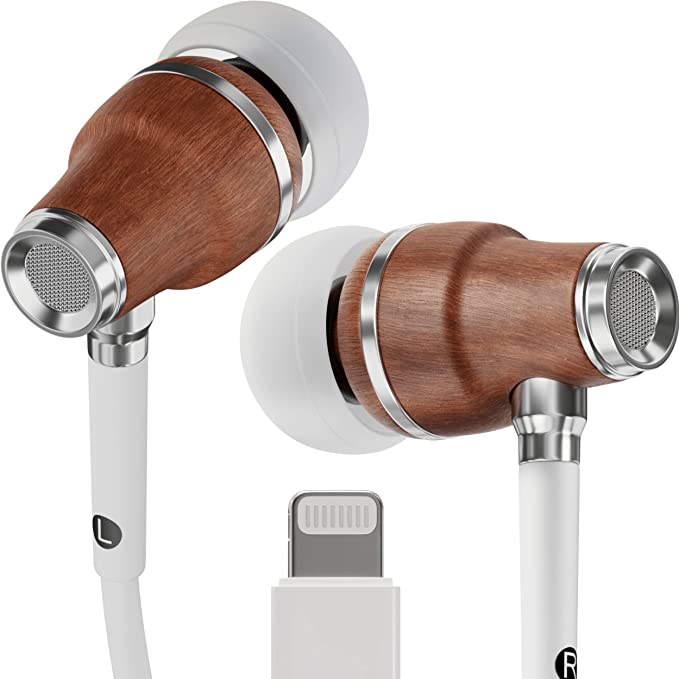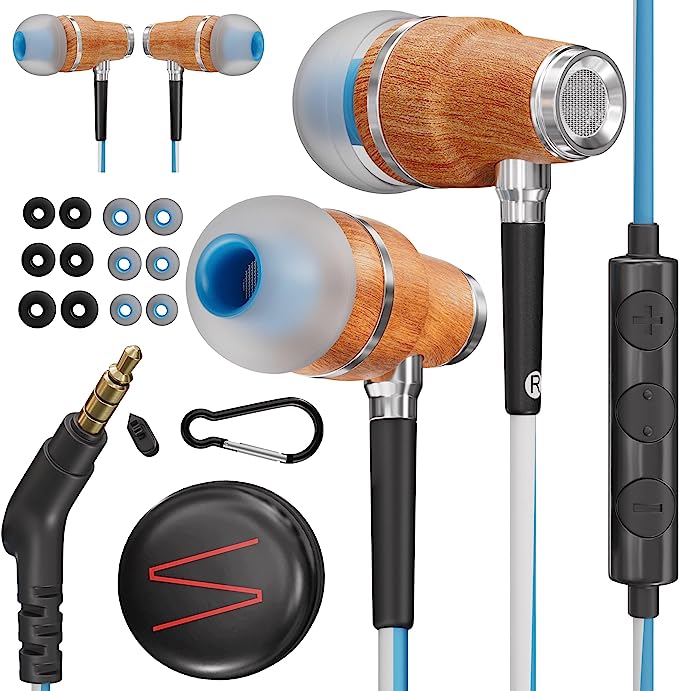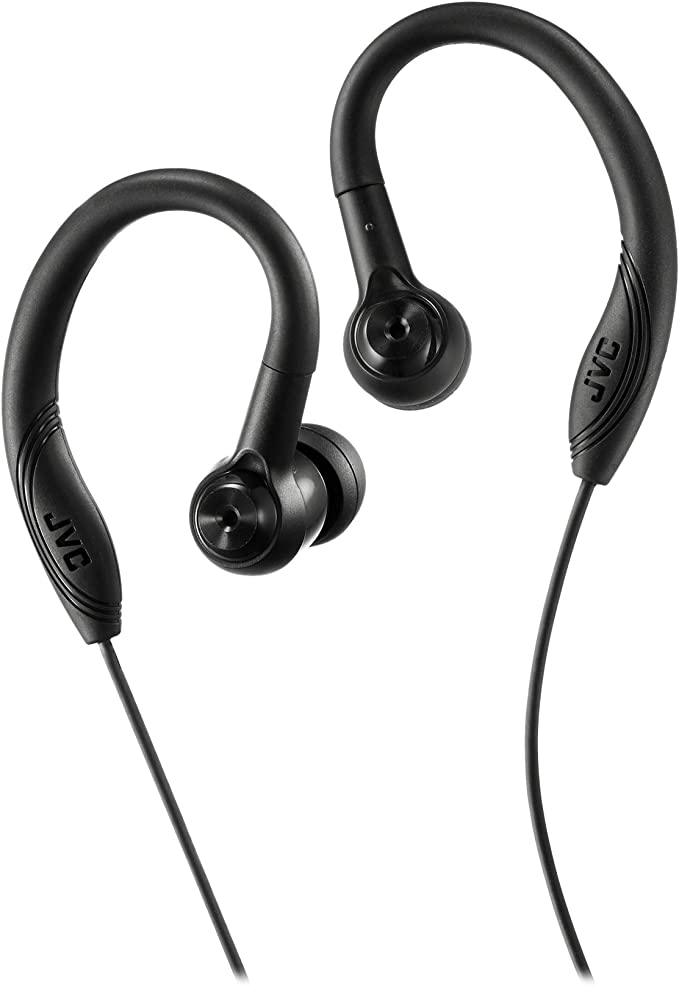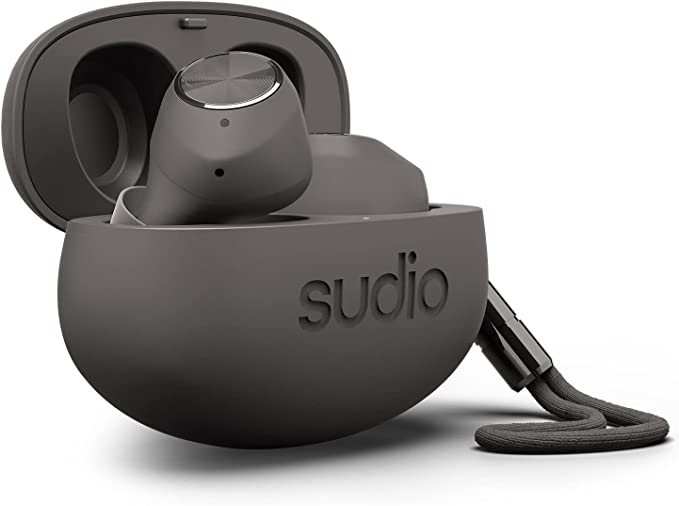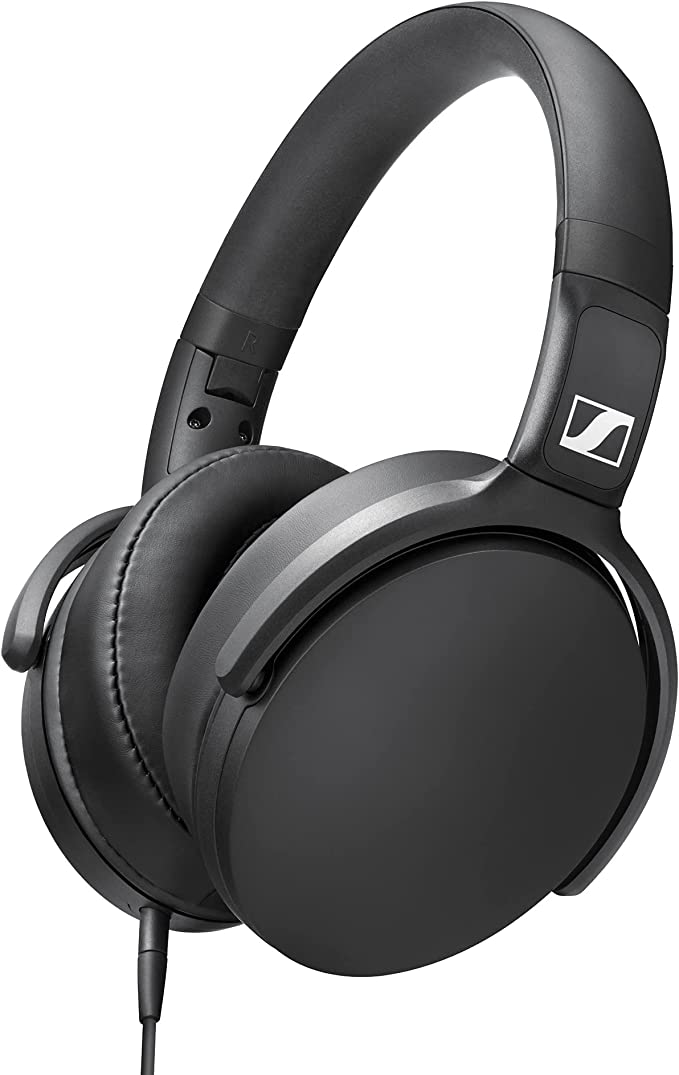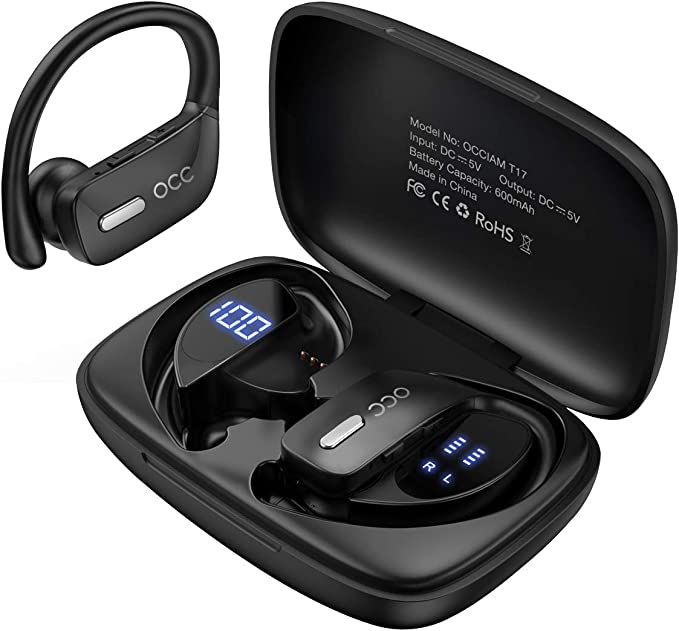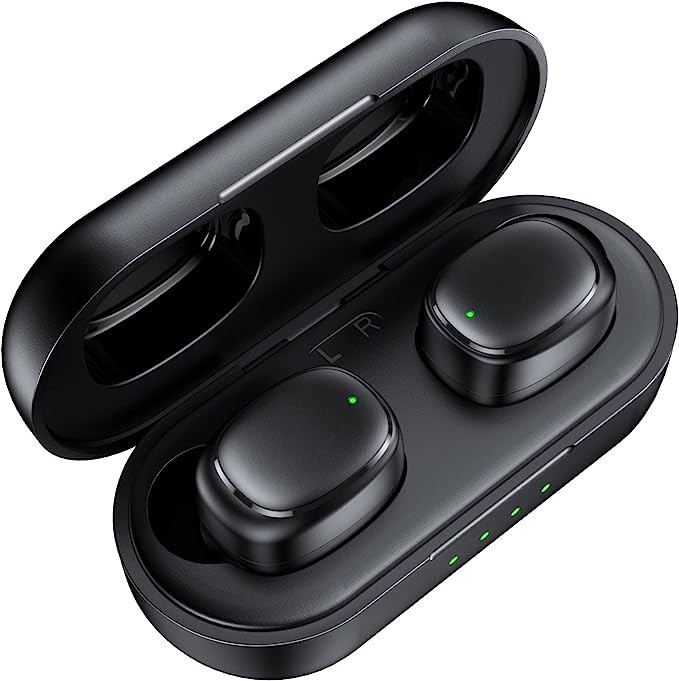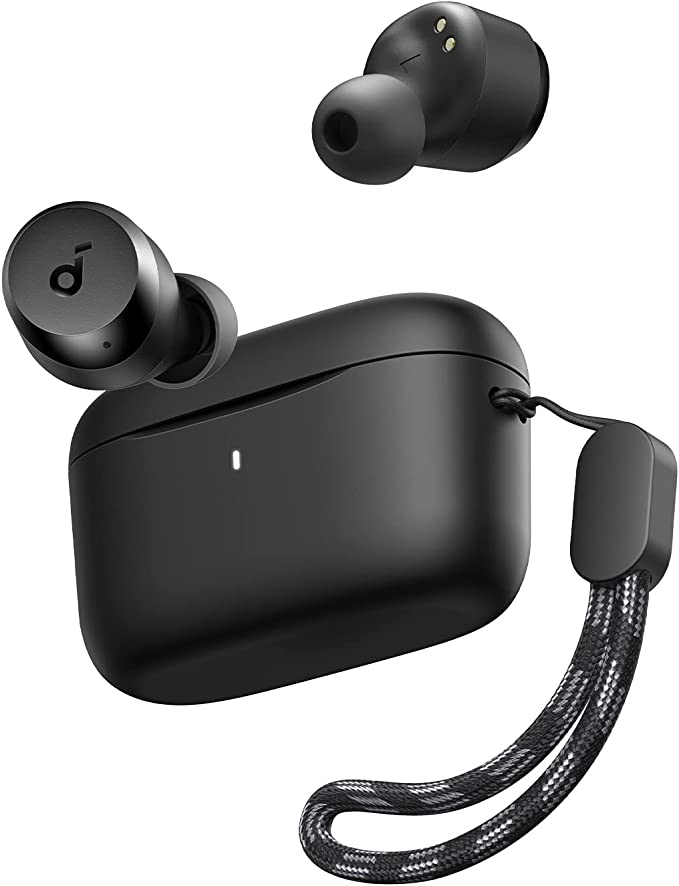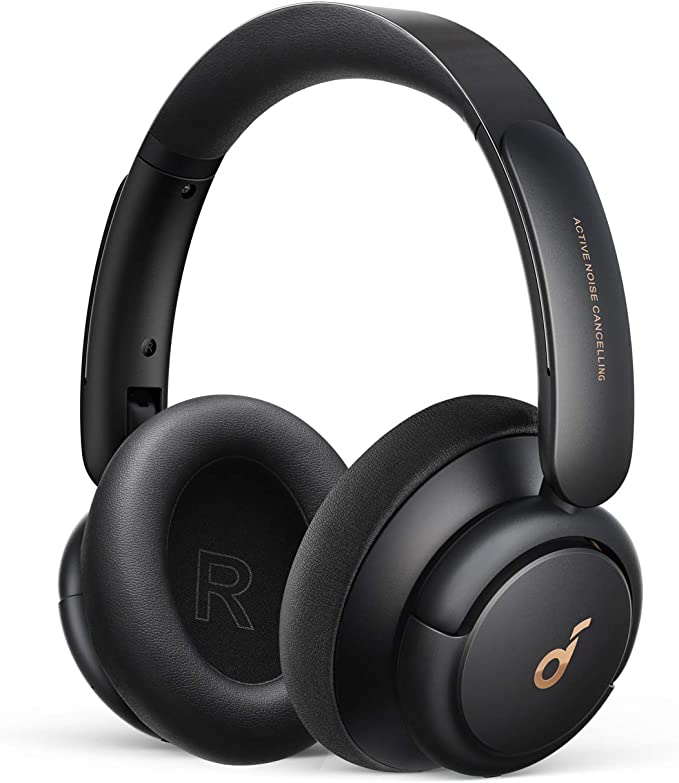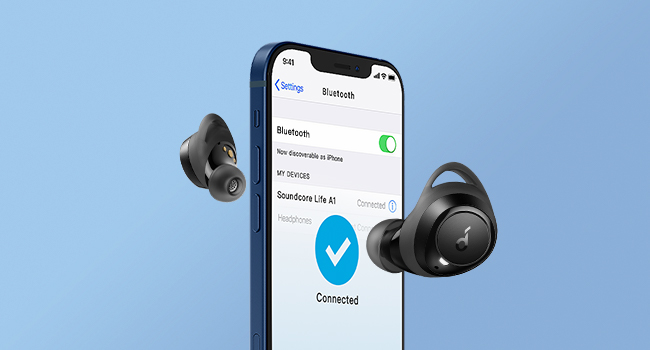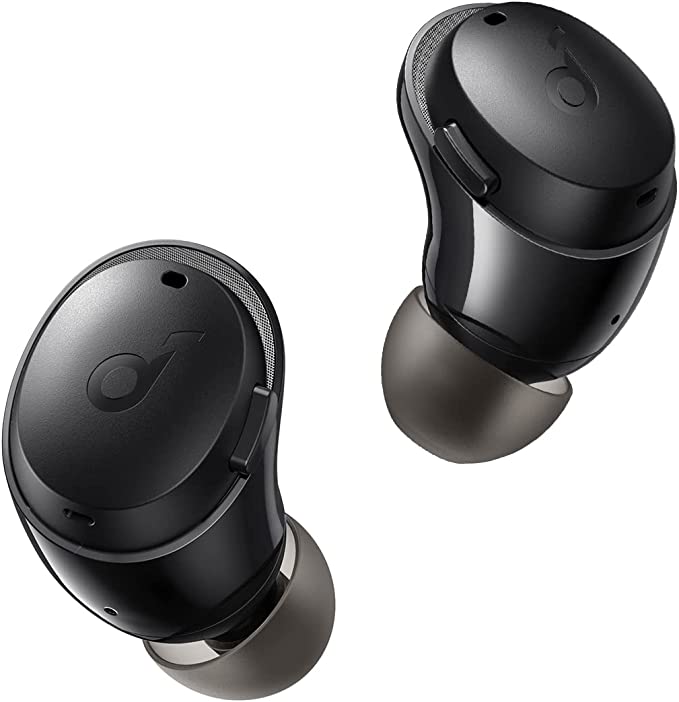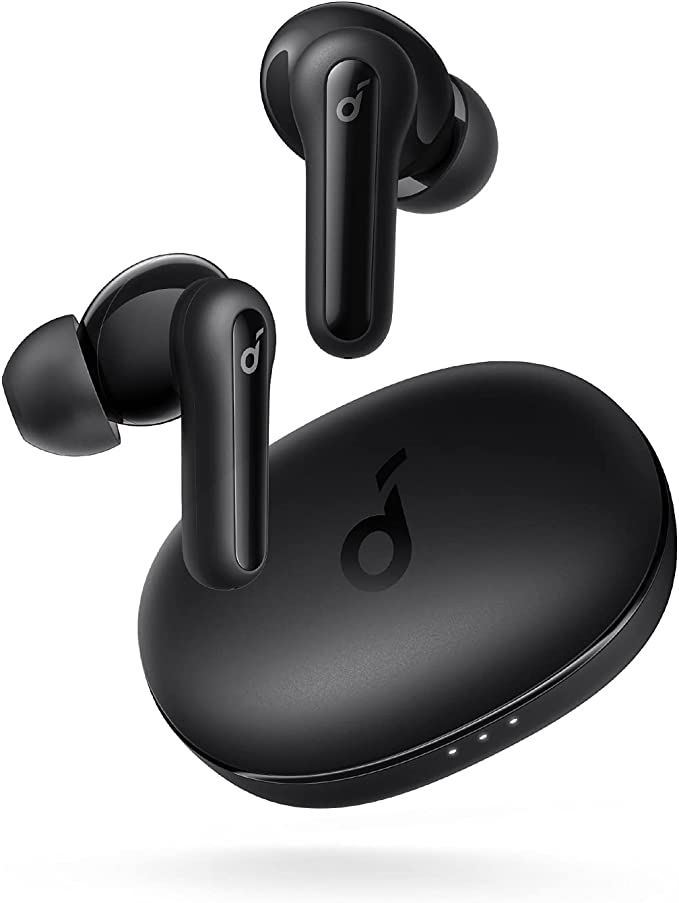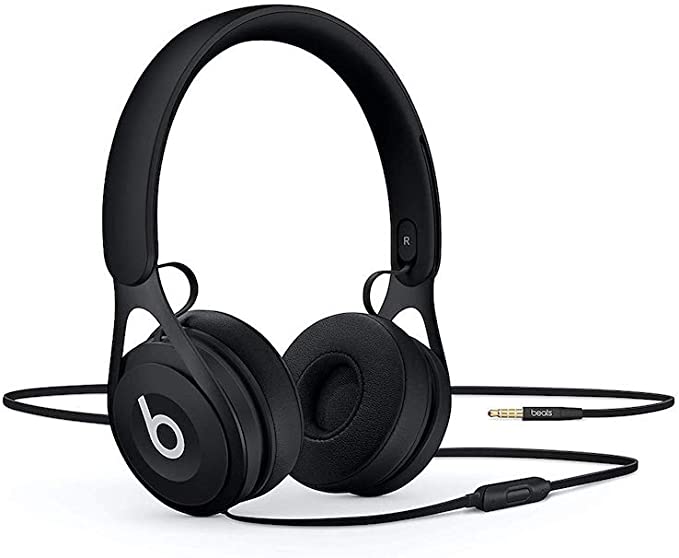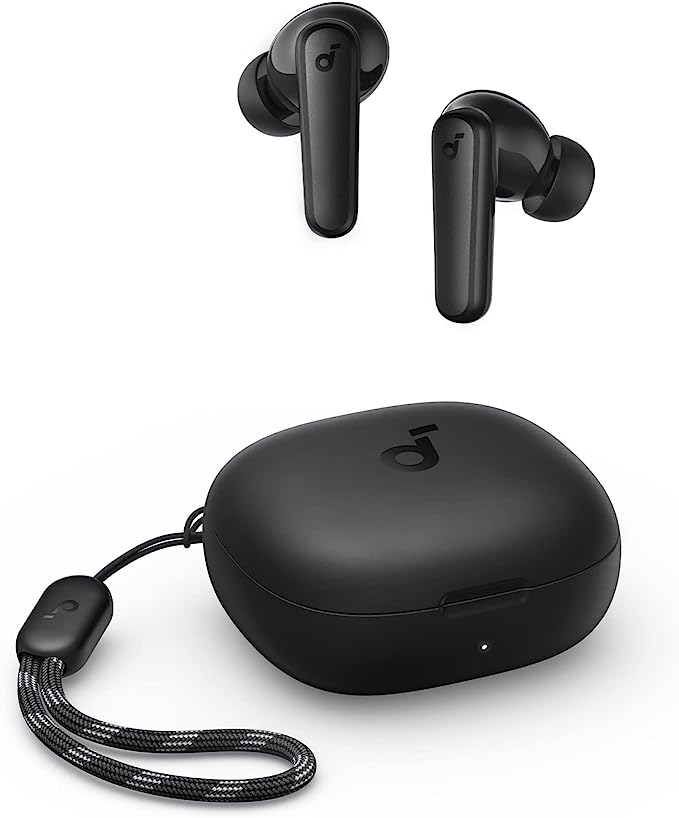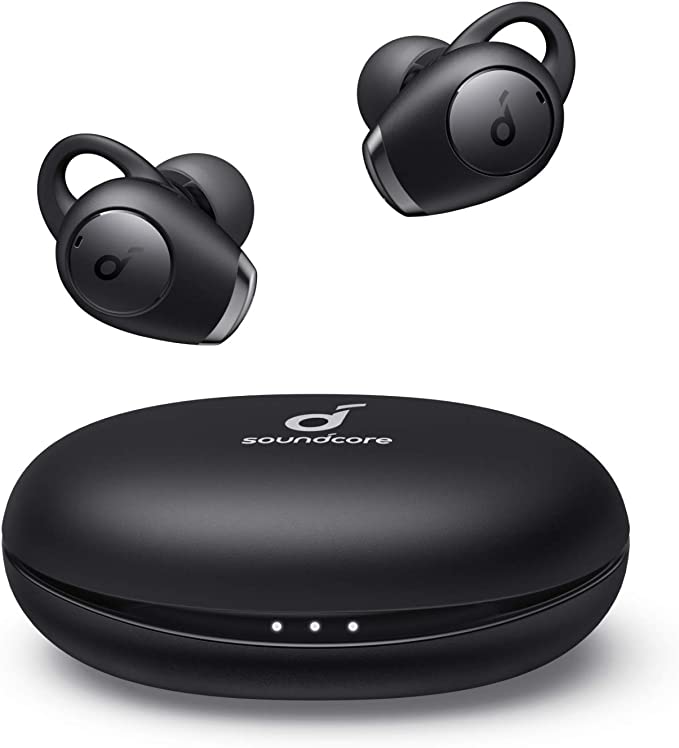Coby CVE200 Noise Isolating Earbuds: Block Out the Noise, Immerse in Sound
Update on March 7, 2025, 4:50 p.m.
We live in a world saturated with sound. From the constant hum of traffic in a bustling city to the chatter of colleagues in an open-plan office, our ears are rarely treated to true silence. While some sounds are welcome – a friend’s laughter, a favorite song – much of what we hear is simply noise. This constant barrage of unwanted sound can make it difficult to concentrate, relax, or even just enjoy a quiet moment. This is where personal audio solutions, like earbuds, become essential. They offer a way to create our own sonic sanctuaries, blocking out distractions and allowing us to immerse ourselves in the sounds we choose.
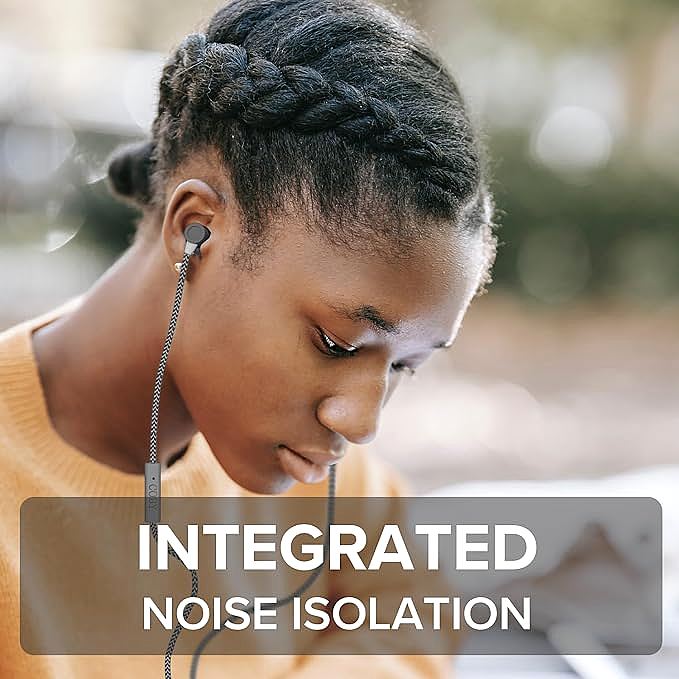
Understanding Sound: The Basics
Before we dive into the specifics of the Coby CVE200 earbuds, let’s take a moment to appreciate the fundamental nature of sound. At its core, sound is simply vibration. When an object vibrates, it creates waves of pressure that travel through a medium, such as air, water, or even solid materials. These waves are characterized by two key properties: frequency and amplitude.
Frequency refers to the number of vibrations per second, measured in Hertz (Hz). It determines the pitch of a sound – how high or low it sounds. A high-frequency sound, like a whistle, has many vibrations per second, while a low-frequency sound, like a bass drum, has fewer.
Amplitude refers to the intensity of the vibration, or the amount of pressure change in the wave. It determines the loudness of a sound, measured in decibels (dB). A sound with a large amplitude is perceived as loud, while a sound with a small amplitude is perceived as quiet.

The Human Ear: A Marvel of Engineering
Our ears are remarkable instruments, capable of detecting a wide range of frequencies and amplitudes. The process of hearing begins with the outer ear, which collects sound waves and funnels them into the ear canal. These waves then cause the eardrum to vibrate. These vibrations are amplified by tiny bones in the middle ear and transmitted to the inner ear, where they are converted into electrical signals that are sent to the brain, allowing us to perceive sound. The cochlea, a spiral-shaped structure within the inner ear, plays a critical role in distinguishing different frequencies.
Introducing the Coby CVE200: Affordable Noise Isolation
The Coby CVE200 Noise Isolating Metal Wired Earbuds are designed to provide a quality listening experience at an accessible price point. They are in-ear earbuds, meaning they fit snugly within the ear canal, creating a seal that helps to block out external noise. This is known as passive noise isolation. Let’s take a closer look at some of the key design features:

Metal Housing: More Than Meets the Eye
Many earbuds in this price range are made primarily of plastic. However, the Coby CVE200 features a metal housing. This isn’t just a cosmetic choice; it has a significant impact on sound quality.
Think of a bell. When you strike a metal bell, it produces a clear, ringing tone. This is because metal is a relatively rigid material that vibrates at specific frequencies. Now, imagine striking a plastic cup. The sound is much duller and less defined. This is because plastic is less rigid and tends to vibrate at a wider range of frequencies, leading to what’s called resonance. Unwanted resonance can muddy the sound, reducing clarity and detail. The metal housing of the CVE200 helps to minimize these unwanted vibrations, resulting in a cleaner, more accurate sound reproduction. The specific metal alloy used also plays a factor; while the exact composition isn’t specified, the choice of metal suggests a deliberate effort to improve audio fidelity beyond what’s typical for budget earbuds.
The Science of Silence: Passive Noise Isolation
As mentioned earlier, the Coby CVE200 earbuds utilize passive noise isolation. This means they rely on physically blocking sound waves from entering the ear canal, rather than using electronic circuitry to cancel them out (which is what active noise cancellation does). The effectiveness of passive noise isolation depends largely on the seal created between the earbud and the ear canal.
To achieve a good seal, the CVE200 comes with three different sizes of soft silicone ear tips (small, medium, and large). Experimenting with these different sizes is crucial to find the best fit for your individual ear shape. A proper fit not only blocks out more external noise but also ensures a more comfortable and secure fit, preventing the earbuds from falling out easily. It’s worth noting that passive noise isolation is generally more effective at blocking out higher-frequency sounds (like the clatter of keyboards) than lower-frequency sounds (like the rumble of a bus engine).

Wired for Sound (and Convenience): The Braided Cable
The Coby CVE200 is a wired earbud, meaning it connects to your audio device via a physical cable. While wireless earbuds have become increasingly popular, wired earbuds still offer several advantages, particularly in terms of sound quality and reliability. There’s no signal compression or potential for Bluetooth interference, leading to a purer audio signal.
The CVE200’s cable is not just any ordinary cable; it’s a braided cable. This design feature is important for both durability and tangle resistance. The braided structure provides extra strength and protection against wear and tear. But how does it prevent tangling?
The key is friction. A smooth, rubbery cable has a higher coefficient of friction, meaning it’s more likely to grip onto itself and form knots. The textured surface of a braided cable, on the other hand, reduces the contact area between different parts of the cable, lowering the friction and making it less likely to tangle. It’s a simple but effective solution to a common annoyance.

Built-in Microphone: Staying Connected
The CVE200 also includes a built-in microphone, allowing you to take calls without having to remove your earbuds. Microphones work by converting sound waves into electrical signals. A diaphragm within the microphone vibrates in response to sound pressure, and these vibrations are then converted into an electrical current that can be transmitted to your phone or other device.
Beyond the Basics: Deeper Dive into Audio Specs
Let’s delve a bit deeper into some of the technical specifications of the Coby CVE200.
Frequency Response: What it Means for Your Music
The frequency response of the CVE200 is listed as 20-20,000 Hz. As we discussed earlier, frequency refers to the pitch of a sound, and Hertz (Hz) is the unit of measurement. The range of 20-20,000 Hz represents the typical range of human hearing, although some individuals, particularly younger people, may be able to hear sounds slightly above or below this range. A wide frequency response like this means that the earbuds are capable of reproducing a broad spectrum of sounds, from the deepest bass notes to the highest treble frequencies. This is important for accurately reproducing the full range of sounds in your music.
Sensitivity: Understanding Loudness
The sensitivity of the CVE200 is specified as 92+2dB. Sensitivity refers to how efficiently the earbuds convert electrical signals into sound waves – essentially, how loud they can get for a given level of power. It’s measured in decibels (dB). A higher sensitivity rating means the earbuds will be louder at a given volume setting on your device. 92 dB is a moderate sensitivity level, meaning these earbuds should provide ample volume for most listening situations without requiring you to crank up the volume on your device excessively (which is important for protecting your hearing).
Impedance: A Quick Note
While not explicitly stated in the provided information, impedance is another important audio specification. Impedance is a measure of how much the earbuds resist the flow of electrical current. It’s measured in ohms (Ω). Matching the impedance of your earbuds to the output impedance of your audio device (phone, laptop, etc.) is important for optimal sound quality and volume. For most portable devices, lower impedance earbuds (typically 16-32 ohms) are a good match. Since the CVE200 are designed for general use, they likely fall within this range.
Wired vs. Wireless: A Balanced Perspective
The Coby CVE200 is a wired earbud, and it’s worth considering the pros and cons of wired versus wireless options. Wireless earbuds offer convenience and freedom of movement, but they often come with a higher price tag and can sometimes compromise on sound quality due to the need for audio compression (to transmit the signal wirelessly). Wired earbuds, on the other hand, offer a direct, uncompressed audio signal, which generally results in better sound quality, particularly in this price range. They also don’t require charging, which can be a significant advantage for some users. One of the major downsides to wired headphones is the delay is non exist ent. This lack of delay, or latency, is crucial for applications like video gaming or watching movies, where even a slight lag between the audio and video can be disruptive. Wireless earbuds, due to the need to encode, transmit, and decode the audio signal, inevitably introduce some latency. While this latency is often minimal and unnoticeable for casual listening, it can be a significant drawback for critical listening or time-sensitive applications.
Protecting Your Hearing: Enjoying Sound Safely
While enjoying high-quality audio is a pleasure, it’s crucial to be mindful of protecting your hearing. Prolonged exposure to loud sounds can cause permanent hearing damage. Here are some tips for safe listening habits:
- The 60/60 Rule: A good rule of thumb is to listen at no more than 60% of your device’s maximum volume for no more than 60 minutes at a time.
- Take Breaks: Give your ears regular breaks from listening, especially if you’re using headphones for extended periods.
- Be Aware of Your Surroundings: If you’re using noise-isolating earbuds, be mindful of your surroundings, especially in situations where you need to be aware of potential hazards (e.g., crossing the street).
- Use Noise-Limiting Headphones (Optional): Some headphones have built-in volume limiters that can help prevent you from accidentally turning the volume up too high.
- Consider a Lower Volume in Noisy Environments: It is natural to want to turn up in a noisy environment, do not over do it.
- Regular Check-ups Regular hearing checks can help identify the early warning signs.
- Listen to Your Body If you are experiencing ringing or other changes in your hearing, seek medical attention.
A Legacy of Sound : Coby Brand
Coby, founded in 1991, has a long history of providing consumer electronics at accessible price points. While not known for high-end audiophile equipment, Coby has consistently focused on delivering value for money, making technology available to a wider audience. The CVE200 earbuds fit within this brand philosophy, offering a solid combination of features and performance without a premium price tag.
Conclusion: The Value of Accessible Audio
The Coby CVE200 Noise Isolating Metal Wired Earbuds represent a compelling option for budget-conscious consumers seeking a good listening experience. They demonstrate that you don’t necessarily need to spend a fortune to get earbuds that deliver clear sound, effective noise isolation, and a comfortable fit. The metal housing, braided cable, and included ear tips are features typically found on more expensive models, making the CVE200 a standout value. While they may not compete with high-end audiophile headphones, they offer a significant step up from basic bundled earbuds, providing a tangible improvement in sound quality and listening enjoyment for everyday use. By understanding the basic principles of sound, noise isolation, and earbud design, consumers can make informed choices and appreciate the technology that brings their favorite music to life. The CVE200 is a testament to the fact that good sound can be both affordable and enjoyable.
